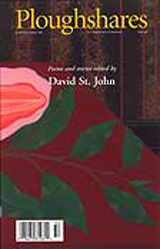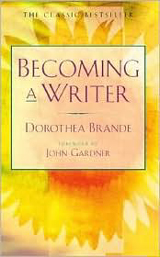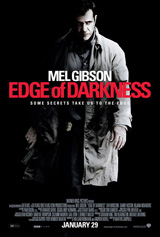Call it the multitasker of punctuation marks. Anytime you need a slight pause, anytime you need to keep parts of a sentence from smashing into each other, the comma comes to the rescue. Its versatility, however, can also lead to confusion. With this multipart series on the comma, Mots Justes is here to help.
Just this week, one of my ACT tutees asked about one of the most common uses for the comma—to separate items in a series. Whether these items are single words, phrases, or clauses, they should be separated by commas:
Jim, Derrick, and Elisha decided to go on a picnic for Memorial Day.
They planned to grill hotdogs, play Frisbee, and relax in the park.
Jim volunteered to bring the food, Derrick made cookies, and Elisha packed picnic supplies.
The question is—and it can be a quite controversial one, as evidenced by BookFox’s informal poll during last year’s LA Times Festival of Books (fast-forward to 1:08)—whether to include a comma before the conjunction that joins the items in the series:
Jim packed hotdogs, buns, and potato salad for the Memorial Day picnic.
versus
Jim packed hotdogs, buns and potato salad for the Memorial Day picnic.
The answer? Well, it depends. My student’s English teacher had told him to use what’s called the serial comma or Oxford comma. His adviser on the school paper had told him not to. They’re both right. (Luckily for him, the ACT doesn’t test on this particular aspect of punctuation, nor does the SAT, which touches on punctuation hardly at all.)
The issue comes down to style. Used by journalists, the AP Stylebook advises, “[D]o not put a comma before the conjunction in a simple series.” Newspapers especially like to save space whenever they can.
The Chicago Manual of Style, however, favors the serial comma: “Chicago strongly recommends this widely practiced usage … since it prevents ambiguity.” Consider the potential confusion when it’s not used:
Derrick made three types of cookies for the picnic: chocolate chip, oatmeal and raisin and macadamia nut.
Were Derrick’s cookies oatmeal and raisin? Or were they raisin and macadamia nut?
Elisha brought picnic supplies, plates and cups.
Did Elisha bring picnic supplies, which were comprised of plates and cups, or did she bring three things: picnic supplies, plates, and cups?
Even AP acknowledges that the serial comma should be used in cases like these to avoid confusion, but unless you’re writing for a newspaper that uses AP style, go ahead and use it consistently to avoid having to make case-by-case decisions.
Note that you do not need to use commas in a series of items that are each separated by a conjunction, unless the items are long and pauses would provide clarity:
Jim and Derrick and Elisha enjoyed their Memorial Day picnic.
The traffic on their way home was terrible, though, whether they took 3rd Street to La Brea to the 10, or 3rd to Fairfax to Laurel Canyon, or Gardner to Beverly to the 101.
Do you have a question about the comma? Let me know, and I’ll include it in a future installment of Mots Justes’ ongoing series.
Resources
Chicago Manual of Style, The. 15th ed. Chicago: The University of Chicago Press, 2003.
Fogarty, Mignon, Grammar Girl’s Quick and Dirty Tips for Better Writing. New York: Holt Paperbacks, 2008.
Goldstein, Norm, ed. The Associated Press Stylebook. 42nd ed. New York: Basic Books, a Member of the Perseus Books Group, 2007.
Hacker, Diana, The Bedford Handbook for Writers, 3rd ed. Boston: St. Martin’s Press: 1991.
Strunk Jr., William, and White, E.B. The Elements of Style. 4th ed. New York: Longman, 2000.







